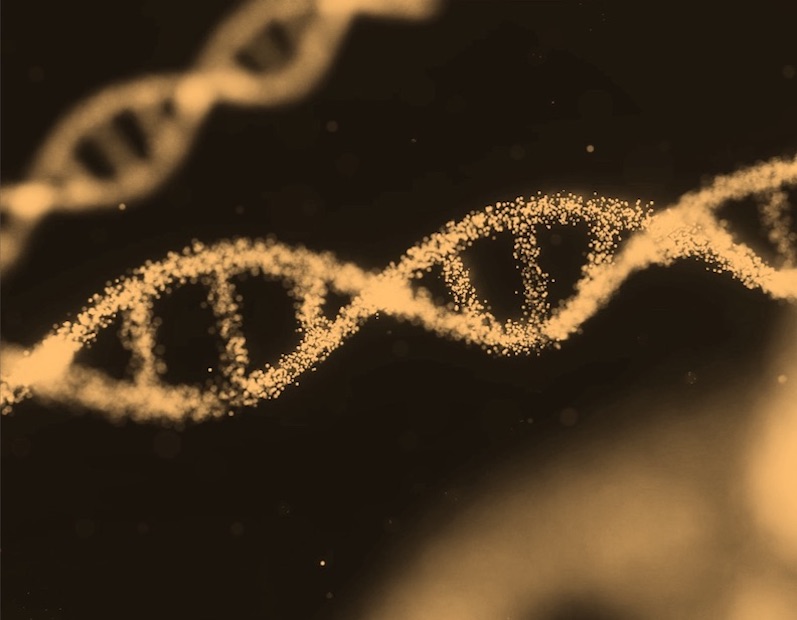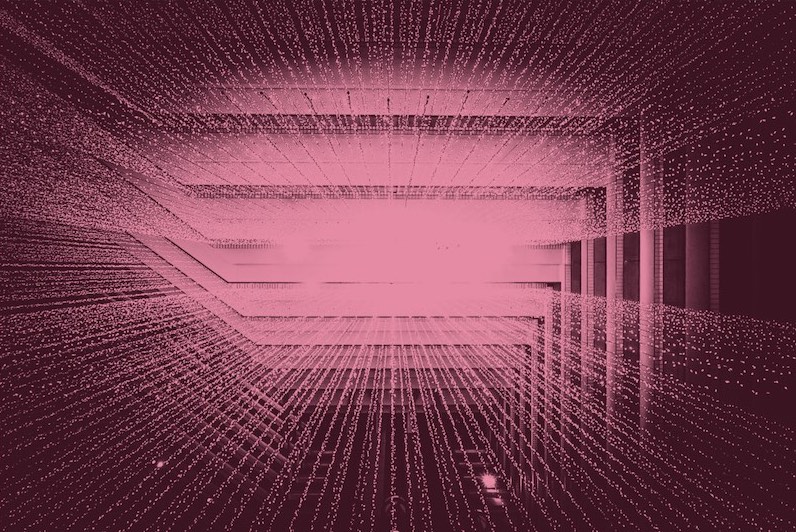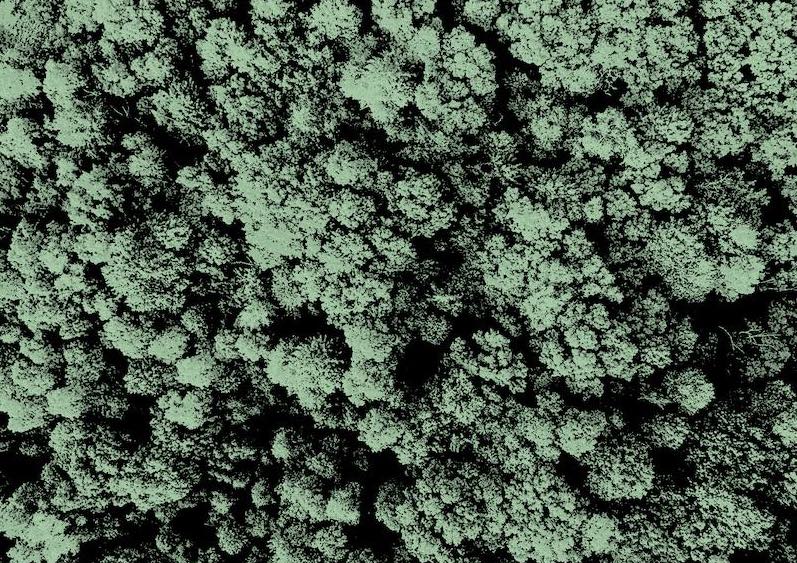What is it about?
This work focuses on the use of laser heating to control the crystallization process in eutectic composition glasses, specifically the Li2SiO3–CaSiO3 system. The study investigates how varying the scanning speed of the laser affects the microstructure of the resulting glass-ceramics. The authors aim to demonstrate that the crystallization behavior follows a relationship similar to the Jackson–Hunt model, which describes the average spacing between solid phases during solidification. The findings highlight the potential of laser technology to create materials with tailored properties for applications in optics, electronics, and other fields.
Featured Image

Photo by Arthur Mazi on Unsplash
Why is it important?
This work is important because it explores the controlled crystallization of eutectic glasses, which can lead to the development of glass-ceramics with unique physical and chemical properties, enhancing their strength, thermal stability, and optical characteristics for various applications. By utilizing laser heating, the study demonstrates a novel approach to manipulate the microstructure of materials, allowing for localized and rapid heating that creates specific features difficult to achieve with conventional heat treatments. Additionally, the research contributes to the understanding of crystallization processes in eutectic systems, particularly how scanning speed influences microstructure, which can inform future studies and applications in materials science. The findings have implications for the design of new devices in optics and electronics, where precise control over material properties is crucial, and the ability to tailor microstructures can lead to improved performance. Furthermore, the study opens avenues for further investigation into the relationships between processing conditions and material properties, potentially leading to new discoveries in the field of glass and ceramics.
Perspectives
The perspectives of this work include several promising avenues for future research and application, such as the potential to create advanced glass-ceramics with tailored properties that could be utilized in various high-performance applications, including optics, electronics, and structural materials. The findings provide a foundation for optimizing laser processing parameters, such as scanning speed and temperature, to achieve desired microstructural characteristics, enhancing the efficiency and effectiveness of material fabrication processes. Additionally, the successful application of laser heating in crystallization opens up possibilities for its use in other material systems beyond eutectic glasses, potentially impacting a wide range of fields in materials science and engineering. The research encourages deeper investigation into the mechanisms of crystallization in eutectic systems, including the effects of different compositions and processing conditions, which could lead to new insights and models in the field. Furthermore, the work may foster collaboration between materials scientists, engineers, and industry professionals to explore practical applications of the developed materials, leading to innovations in product design and manufacturing processes. Lastly, by improving the understanding and control of crystallization processes, this research could contribute to more sustainable manufacturing practices, reducing waste and energy consumption in the production of advanced materials. Overall, the perspectives of this work highlight its potential to influence both fundamental research and practical applications in materials science, paving the way for future innovations.
Professor Marcello R. B. Andreeta
Universidade Federal de Sao Carlos
Read the Original
This page is a summary of: Laser-heated crystallization of eutectic composition glass, CrystEngComm, January 2019, Royal Society of Chemistry,
DOI: 10.1039/c8ce02147c.
You can read the full text:
Contributors
The following have contributed to this page







